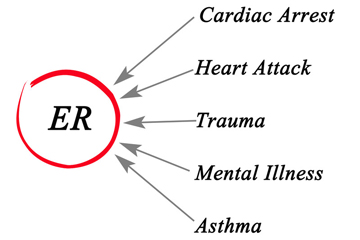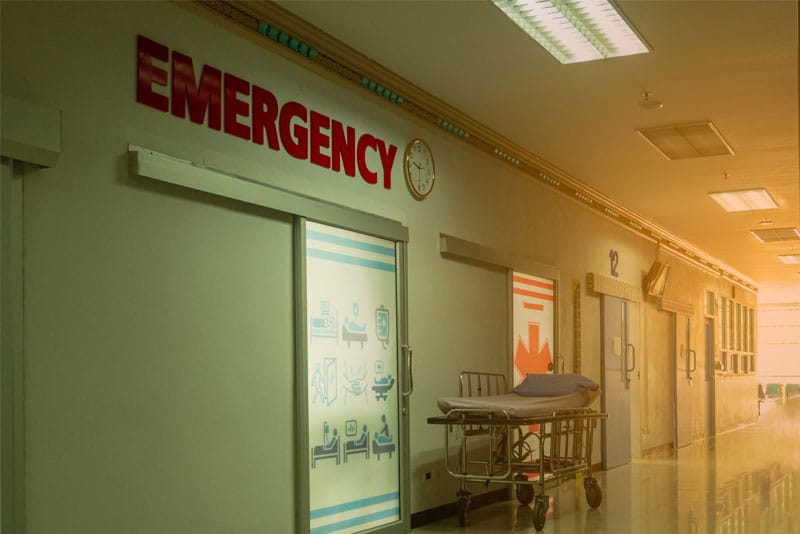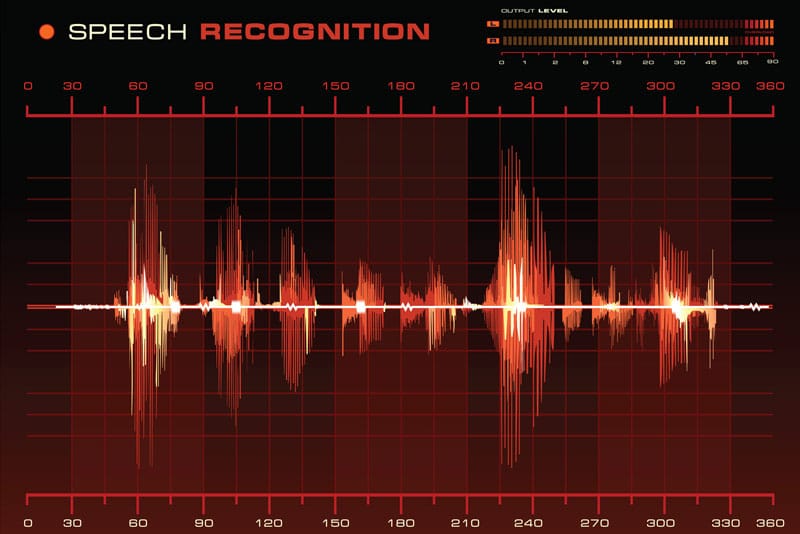 Even with the widespread adoption of electronic health records (EHRs), many healthcare providers still rely on medical transcription services to manage their clinical documentation as they focus on patient care. In fact, going by recent news, medical transcription outsourcing could become even more critical for emergency physicians. Thousand Oaks Acorn has reported that the number of older adults visiting emergency rooms (ERs) is expected to increase significantly over the next few decades. The report notes that the figure could double in the case of those over 65 and triple among people older than 85. With the nationwide shortage of primary care physicians and geriatric specialists, seniors are being driven to seek care in ERs.
Even with the widespread adoption of electronic health records (EHRs), many healthcare providers still rely on medical transcription services to manage their clinical documentation as they focus on patient care. In fact, going by recent news, medical transcription outsourcing could become even more critical for emergency physicians. Thousand Oaks Acorn has reported that the number of older adults visiting emergency rooms (ERs) is expected to increase significantly over the next few decades. The report notes that the figure could double in the case of those over 65 and triple among people older than 85. With the nationwide shortage of primary care physicians and geriatric specialists, seniors are being driven to seek care in ERs.
There are many reasons why older people end up in ERs, such as mental illness, accidents and falls, medication side effects, abdominal pain, chest pain, chronic obstructive pulmonary disease (COPD), heart disease, pneumonia, spinal disorders, stroke, so on. The report says that the nation’s emergency departments (EDs) can handle this influx of patients only if they pay attention to and improve their capabilities in specific areas.
- Mental health: Many seniors deal with multiple health conditions and are usually not aware that they have a mental illness, with the result that it goes untreated. Two hospital studies covering the period from 2007 to 2010 reported that the number of patients age 65 and older coming to the ER with mental health issues such as dementia, Alzheimer’s and depression increased nearly 21 percent.
People are generally unaware about the mental issues faced by the elderly so that the latter end up in the ER when a crisis occurs. This problem is exacerbated by the fact that EDs are unequipped to provide mental care. According to a survey done in December 2015 by the American College of Emergency Physicians, more than 80 percent of the physicians said that the mental healthcare systems in their regions are dysfunctional, and do not adequately serve patients. A 2016 Healthcare Finance report cites Sandra Schneider, MD, director of emergency medicine practice for ACEP as saying, “One of the biggest problems around psychiatric patients in the emergency department is that when we see a patient with a psychiatric illness, there are very few resources for us in the emergency department that are there on a 24/7 basis.” - Side effects of prescription drugs: Many older people need to take drugs to control various medical conditions, function well, and stay alive. Commonly used medications include antihypertensives, blood thinners, insulin and other antihyperglycemic drugs, and pain medication for arthritis and other chronic musculoskeletal problems. The risk of side effects related to the use of drugs increases in late middle age, and when these adverse reactions to the prescription drugs they are taking become severe, they land in ER.
According to Centers for Disease Control and Prevention (CDC), 35 percent of ER visits among adults age 65 years and older in 2013-14 were for adverse events from prescription medications, compared with 26 percent in 2005-06, and seniors accounted for 44 percent of those who required hospitalization as a result of the drug’s adverse effects.  Opiates: Chronic pain is widespread among older adults and the elderly. Low back pain is the most common problem followed by headache/migraine pain, and neck pain. Over the past several decades, physicians have prescribed older patients medications to address chronic pain from arthritis, spinal osteoarthritis, spinal stenosis, degenerative disc disease, neurological diseases and other illnesses that become more common in later life. Many older adults who are prescribed opioids after surgery continue taking them even three months after they have been discharged. Opioids use ends up hurting patients more than helping them.
Opiates: Chronic pain is widespread among older adults and the elderly. Low back pain is the most common problem followed by headache/migraine pain, and neck pain. Over the past several decades, physicians have prescribed older patients medications to address chronic pain from arthritis, spinal osteoarthritis, spinal stenosis, degenerative disc disease, neurological diseases and other illnesses that become more common in later life. Many older adults who are prescribed opioids after surgery continue taking them even three months after they have been discharged. Opioids use ends up hurting patients more than helping them.
A 2012 study published in the New England Journal of Medicine reported that more than 700,000 adults (ages 45 to 84) were hospitalized specifically for opioid abuse. An article recently published in California Health Report recently stated that the proportion of patients over 65 seeking care at hospital ERs for opioid-related issues in California was second only to Arizona among the 50 states.
Besides risk of addiction, opioid use leads to potential conditions such as respiratory depression, confusion, loss of balance, dizziness, drowsiness, nausea, and falls. In ERs, the focus is on treating the physical injuries caused by a fall due to prolonged opioid use rather than the root cause, Moreover, seniors also struggle with admitting drug dependency because of the stigma associated with it.
Adult or elderly patients may live alone or in a family setting, receive home-health assistance or reside in an assisted-living facility or other setting. A trip to the ER can be an overwhelming experience, especially for geriatric patients who arrive alone. They have to deal with questions about their condition and later, the anxiety about the diagnosis.
Older adults and caregivers need to be educated on what to expect when they come to ER. Importantly, while ER physicians may be prepared to treat common medical conditions, they need to be aware of the various underlying conditions that patients present with and prepared to deal with these. With extensive experience in providing emergency room transcription service, our medical transcription company is well-equipped to help physicians manage their potentially escalating documentation challenges in the evolving ED scenario.


